If you or a loved one struggles with diabetes, adding some of the following suggestions to your daily routine could help reduce dependence on insulin and other drugs over time. Do not stop taking your prescriptions and work with a qualified professional if possible. There is hope!
Dietary Options
- Understanding and Managing Type 2 Diabetes >
- Practical Advice for Treating Diabetes >
- Read “The Schwarzbein Principle” by Diana Schwarzbein.
- Read “ketoCONTINUUM: Consistently Keto Diet For Life” by Annette Bosworth AKA Dr. Boz.
Homeopathy Options
- Homeopathic Helonias 200c, liquid or water dose* twice daily (morning and evening) and Cephalandra indica (also known as Coccinium grandis. Colloquially, the herb is known as bimba and ivy gourd.) mother tincture, 5 drops in water, twice daily, noon and night. or…
- Homeopathic Nat Mur 30c, twice daily and homeopathic Chininum sulph 3c twice daily and Vitex neg mother tincture (please note Vitex negundo is impossible to find in the US, and I’m not sure if chasteberry (Vitex agnus-castus) can be substituted), 5 drops in water, twice daily. or…
- Homeopathic Helonias 200c, Iodum 200c, Insulinum 3c all once daily and Syzygium jambolanum mother tincture 5 drops in water twice a day. If you can’t find Syzygium mother tincture you can use Syzygium 3c or 6c twice daily.
Gestational Diabetes: use homeopathic Helonias 200c once daily.
More Homeopathic information:
Herbal Options
Most of the berberine supplements on the market seem to be made from Berberis aristata, which is not usually sold at herb houses. However, Berberis vulgaris (Barberry) is widely available and is also useful for diabetes. The tincture is easy to make and would be a lot cheaper (and have a much better shelf life) than Berberine supplements.
There are also other herbs that are useful for diabetics: Ivy gourd (Cephalandra indica/Coccinia grandis), Syzygium jambolanum, Bitter melon (Momordica charantia), Agaricus blazei mushroom, Chaga mushroom, and Ceylon cinnamon (Cinnamomum verum/Cinnamomum ceylanicum). All of these herbs are available from reputable herb houses in the US and Canada.
Cephalandra indica (which is how it is known homeopathically) and Coccinia grandis (which is how it is known herbally). Colloquially, the herb is known as bimba and ivy gourd. Incidentally, this plant can be grown in most of the US. A perennial in places like CA and FL; but treated as an annual in colder regions. The tincture is fairly expensive to buy; OHM and Herbie’s Herbs are the only places I know that carry it. But it is inexpensive and easy to make. If you would like more information on making your own tinctures contact your regional health and wellness coordinator.
Tincture Recipes
Berberis vulgaris (Barberry) tincture is made with the dried root, in a 1:5 herb-to-liquid ratio, with the liquid being 50% alcohol. Vinegar must be added for the extraction of the alkaloids. Coccinia grandis tincture is made with the dried leaf, in a 1:5 leaf-to-liquid ratio. The liquid is 25% alcohol, and vinegar must be added in order to extract the alkaloids. Syzygium jambolanum tincture is made in a 1:5 seed-to-liquid ratio, with the liquid being 65% alcohol. Vinegar must be added for extracting the alkaloids.
Where to buy?
Coccinia grandis leaf powder: Lotus Factory >
Syzygium jambolanum tincture is available from OHM and Herbie’s Herbs
Syzygium jambolanum powdered seed (and you want seed rather than leaf) is available from here: Herbies Herbs >
*Learn more about water dosing here at CORAC >
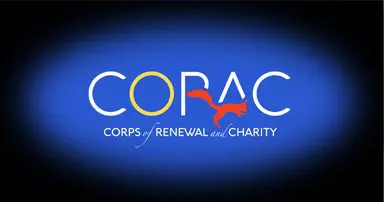


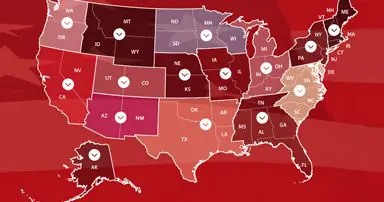

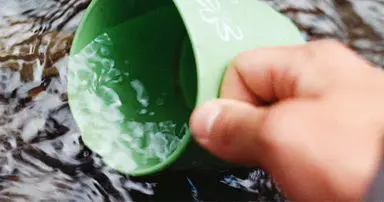


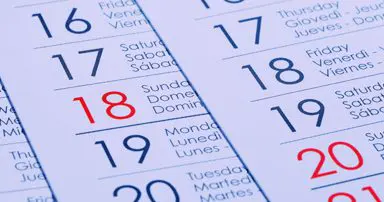

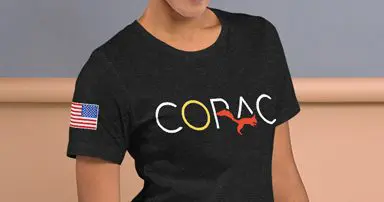






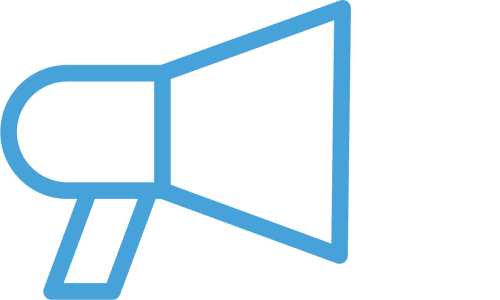

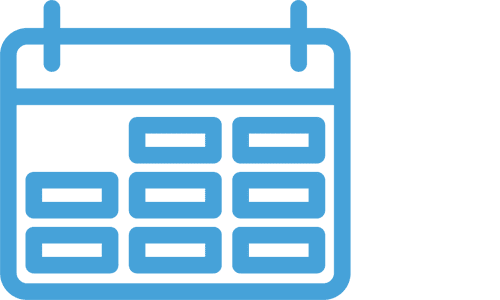





0 Comments